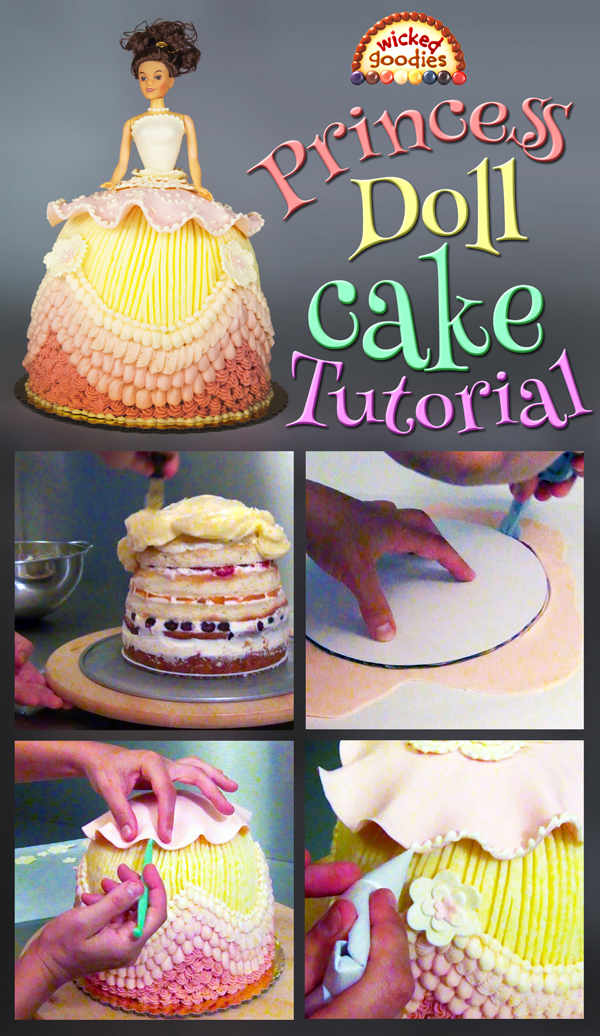
The classic princess cake will never tire out so here’s my version of it decorated with forked
buttercream, piped
buttercream, rolled
modeling chocolate, piped chocolate, and a
doll pick. This cake has a lot of texture and detail to it but all the techniques are rather simple and straightforward. There are five short videos in this tutorial amounting to 10 minutes of footage in total so you can see how quickly the doll cake design came together. As we’d say in the food industry, I “banged it out”.
Start watching from the beginning now or go straight to each section by clicking on the photos below.
Princess Doll Cake Video Tutorial Index
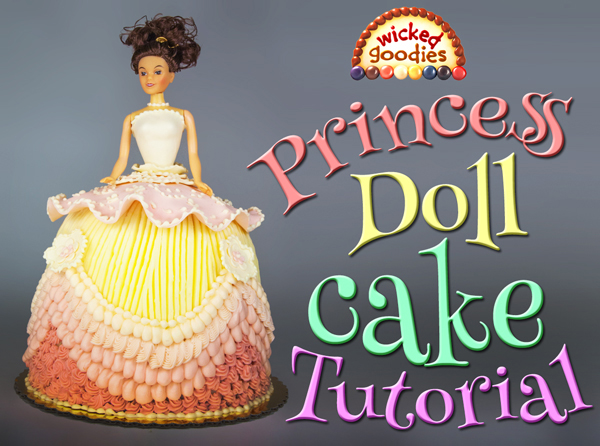

New to Wicked Goodies? Start *HERE*
Let’s Connect!
As an Amazon associate, I earn commission on qualifying purchases at no cost to you.


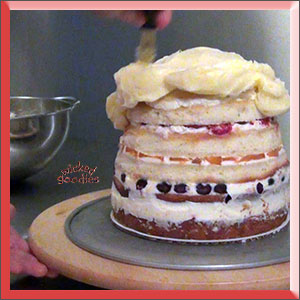
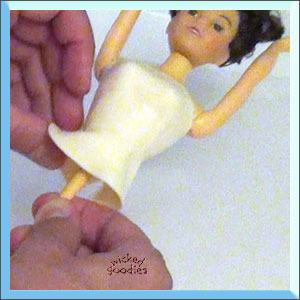
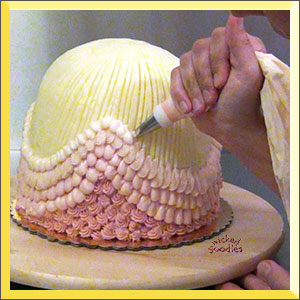
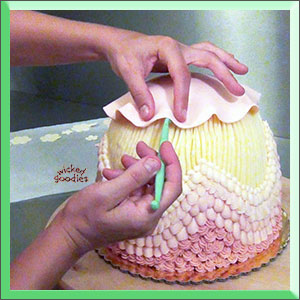
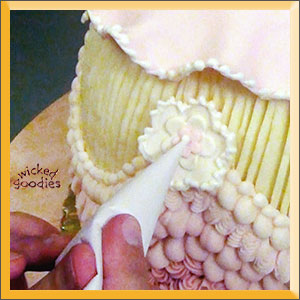

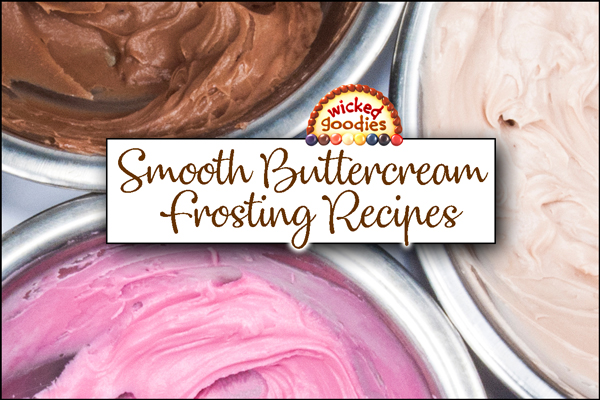
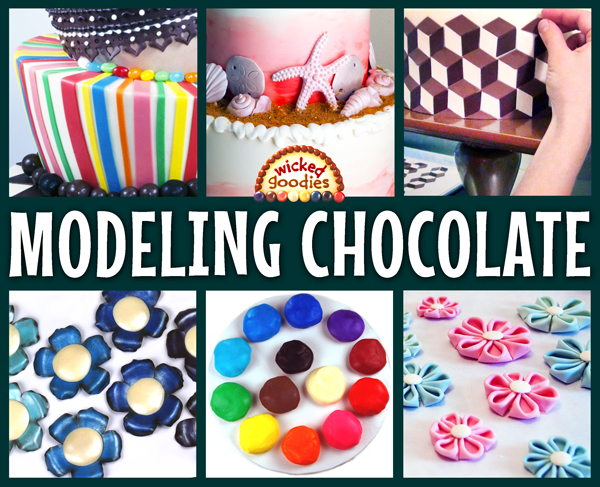
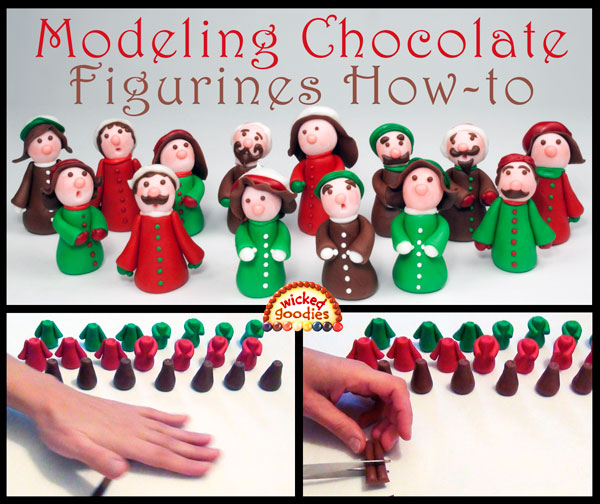
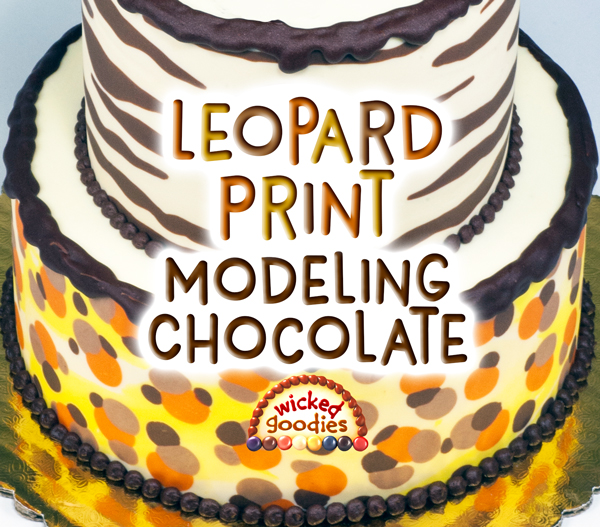





Great idea about adding in a “bit of beet”. Even sounds catchy 🙂 So if I understood you correctly, you’re not adding beet juice into your buttercream, but rather the natural colours that are made with beets. Is that correct? I thought of perhaps adding 2 Tbsp of beet juice into my buttercream recipe instead of the water / milk that my recipe calls for. I use only natural colours (Magic Colours)with buttercream and with white chocolate ganache. The only problem is that the buttercream and the ganache don’t get much darker than pastel. Looking forward to reading about your modeling chocolate-natural colour experiment 🙂
Right – I didn’t mean beet juice like that you would drink but rather the liquid directly from the beet itself. I couldn’t say how much I use in terms of quantities. Not a lot since lately I’m more likely to use soft colors and a slight amount of food coloring. It’s just my current preference.
As always, your tutorials are amazing — so clear and organized! A question about using beet juice as a natural colorant. I use only natural colours so I was happy to see that you recommended using beet juice which is so much cheaper than anything that I can buy, but doesn’t the beet juice thin down the buttercream? About how much would you add per cup of buttercream? Also do you mash up the cooked beets or do you use just the juice? And would you use beet juice to colour fondant and chocolate as well? Totally enjoy watching your videos. Thanks again.
Thanks, Francine. I have not tried the natural colors with fondant or modeling chocolate yet. When it comes to fillings, any time I make a strawberry filling or strawberry puree in the food processor, I throw a whole sliver of a cooked beet in along with to make a strawberry red color more lively. I have also juiced raw beets in a juicer to make a fairly concentrated coloring for use in buttercream frosting and fillings. Using beet juice, you can’t achieve a deep Spiderman type red like you would with commercial food coloring but it tastes better.
You can also buy the India Tree brand at Whole Foods (note that these have a limited shelf life however). The red is made from beet juice and that does not water down frosting.